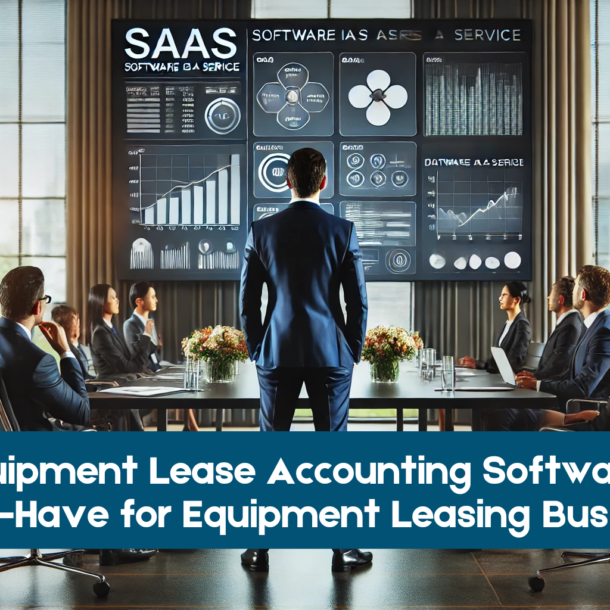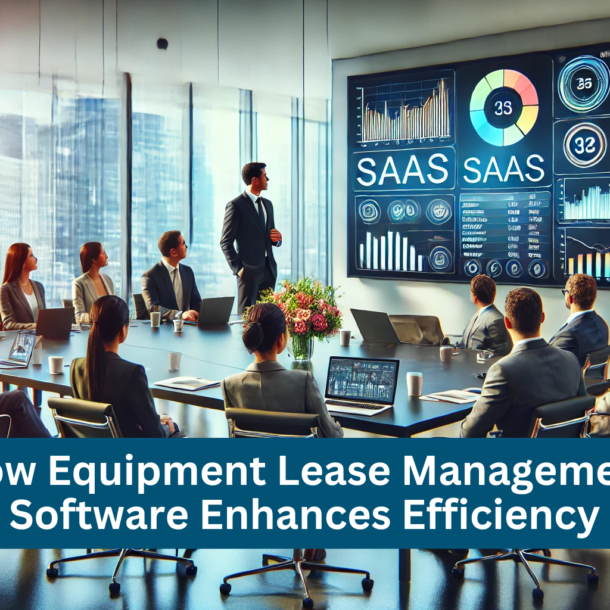
Introduction
In the leasing industry lessors are finding a section of lessees requirements are more focussed on asset management instead of financing contracts. Lessors setup operating leases to address the needs of these customers.The global leasing market was valued at approximately $1.6 trillion in 2022, with operating leases accounting for a substantial portion of this market.
Asset Management
Organizations preference for asset management over outright purchase of assets has multiple drivers.
Conserve cash: by opting for a lease over capital expenditure, organizations can tailor their cash outflows based on projected cash inflows
Technology changes: with the speed of changes in technology, organizations need equipment leveraging the latest technology to remain competitive
Maintenance: bundle maintenance with the asset needed so that it is work at peak efficiency
Residual management: avoid managing or disposing assets that are no longer useful, leaving residual management to the owner of the asset.
Location and timing: procure assets where they are needed and for the duration of work. Reduce transportation and ensure availability
This is followed in the construction and transportation industries and slowly gaining traction in others like communications, airport services to airlines etc.
Understanding Operating Leases
Lessors prefer to use operating leases when their customers do not desire to have the option to purchase the asset at the end of term. By efficiently managing these assets, making them available to different customers or moving them where there is a demand, lessors can optimize their profitability. Lessors also claim depreciation for these assets owned by leased out.
Assets with long lives, say 10 to 30 years, can be provided on short to mid term leases of 6 months to 3 years. Lessors specializing in specific types of assets are able to optimize the utilization of the assets and increase their return on investments (ROI).
The Role of Technology in Operating Lease Management
Well architected technology solutions are needed to support asset management and operating leases. The technology needs to support evaluation from a customer, contract or asset perspective. Advanced technologies help track real time asset utilization, maintenance and market trends. Predictive analytics can signal the need for maintenance or replacement reducing down time and costly repairs. Advanced accounting solutions streamline financial reporting and compliance enabling lessors to track depreciation, residual value and lease revenue.
According to a report by Deloitte, the adoption of digital technologies in the leasing industry is expected to increase by 20% annually over the next five years.
Conclusion
Operating leases are being positioned to address asset management needs of customers. Operating leases can be structured to offer flexible and efficient programs maximizing asset utilization and managing risk leading to enhanced financial performance. Lessors can provide the same assets to multiple lessors over their lifetimes and upgrade assets where lessees are focussed on productivity.
The global equipment leasing market is growing rapidly with lessors adapting their solutions based on lessees evolving needs. For asset management operating leases will remain a cornerstone of the options offered by lessors.

Industry Associations
We're Here to Help!
Reach our dedicated support team
at info@athenafintech.com or +1 650 701 7703.
Questions or assistance?
We’ve got you covered.
Athena Fintech Inc.
HQ: California, USA
Tech Center: India
Athena Fintech Inc.
HQ: California, USA
Tech Center: India





